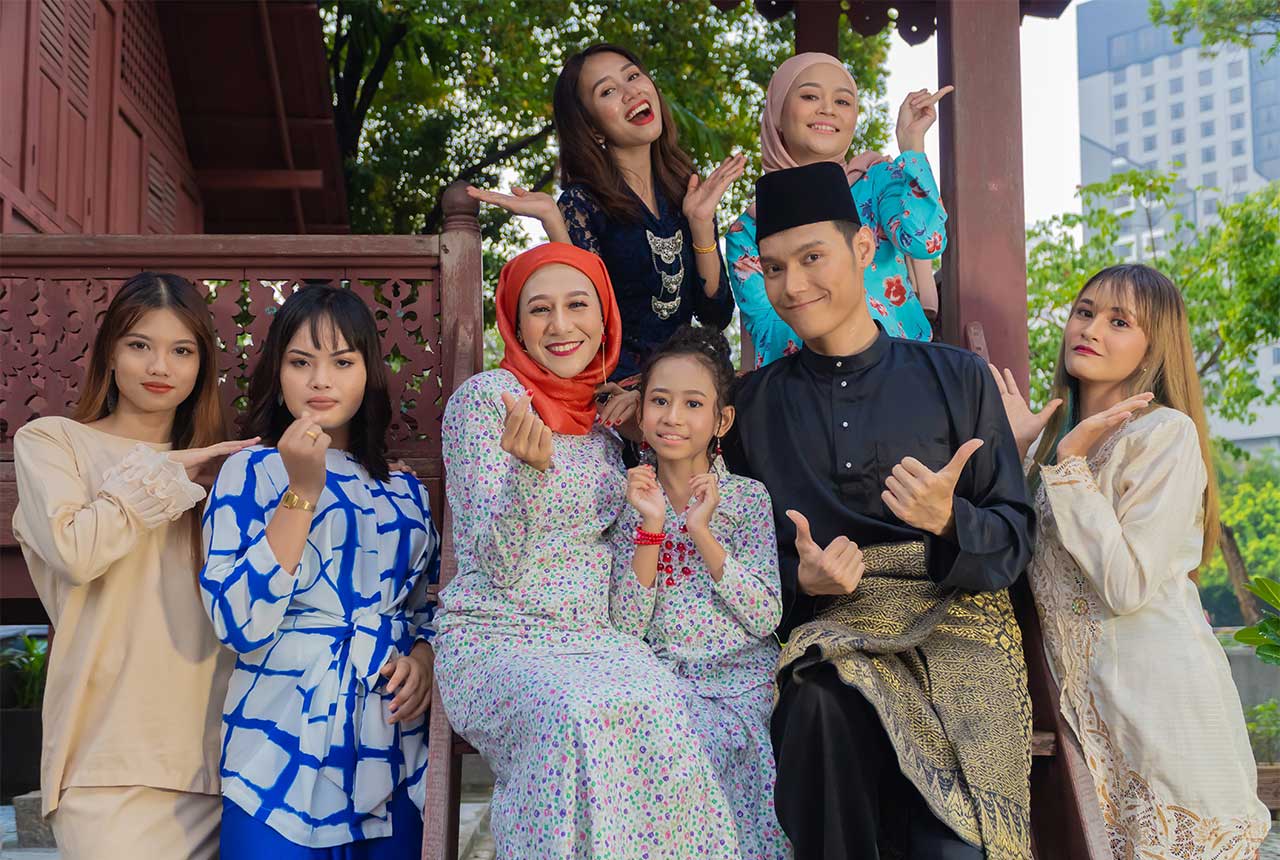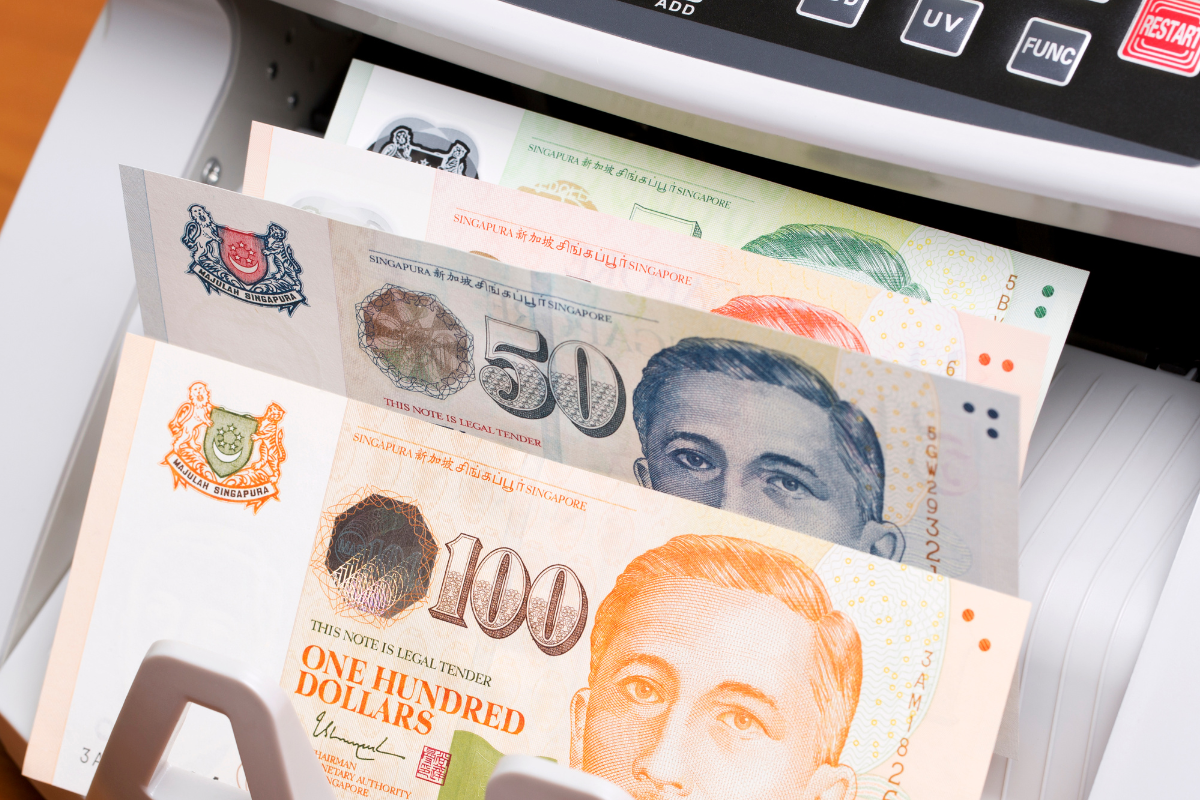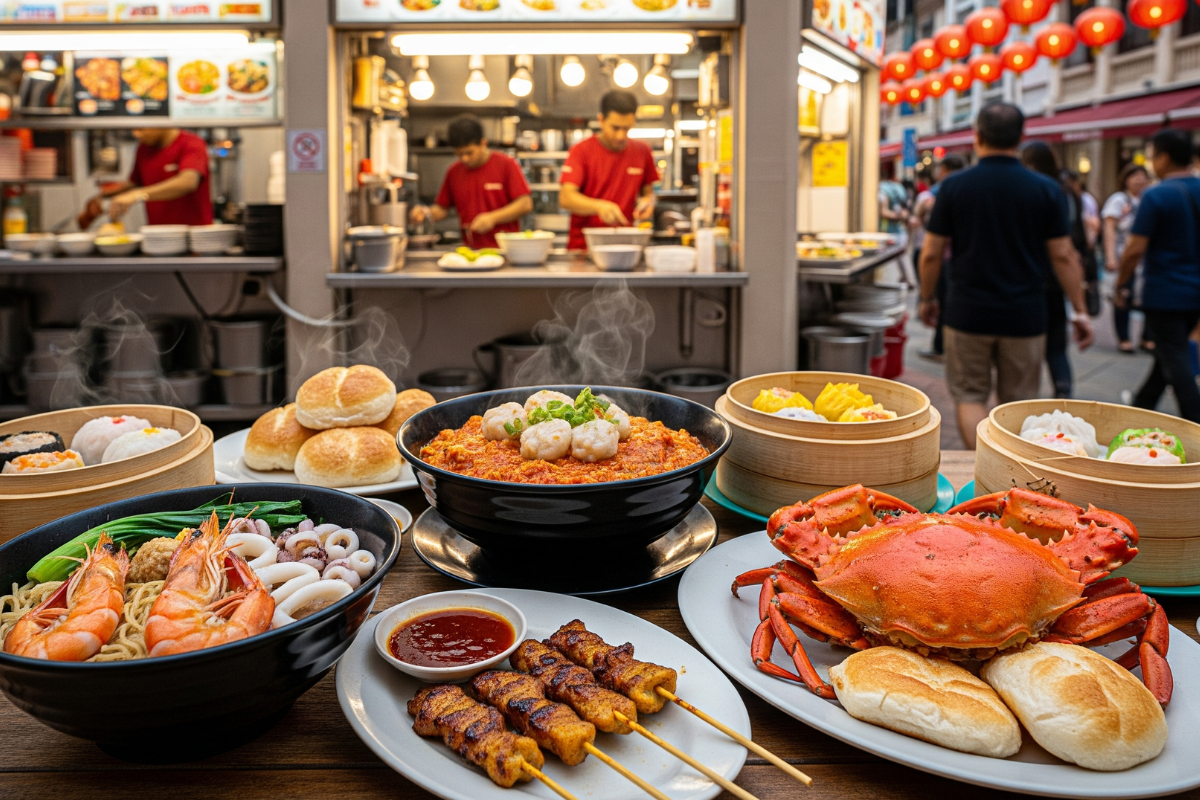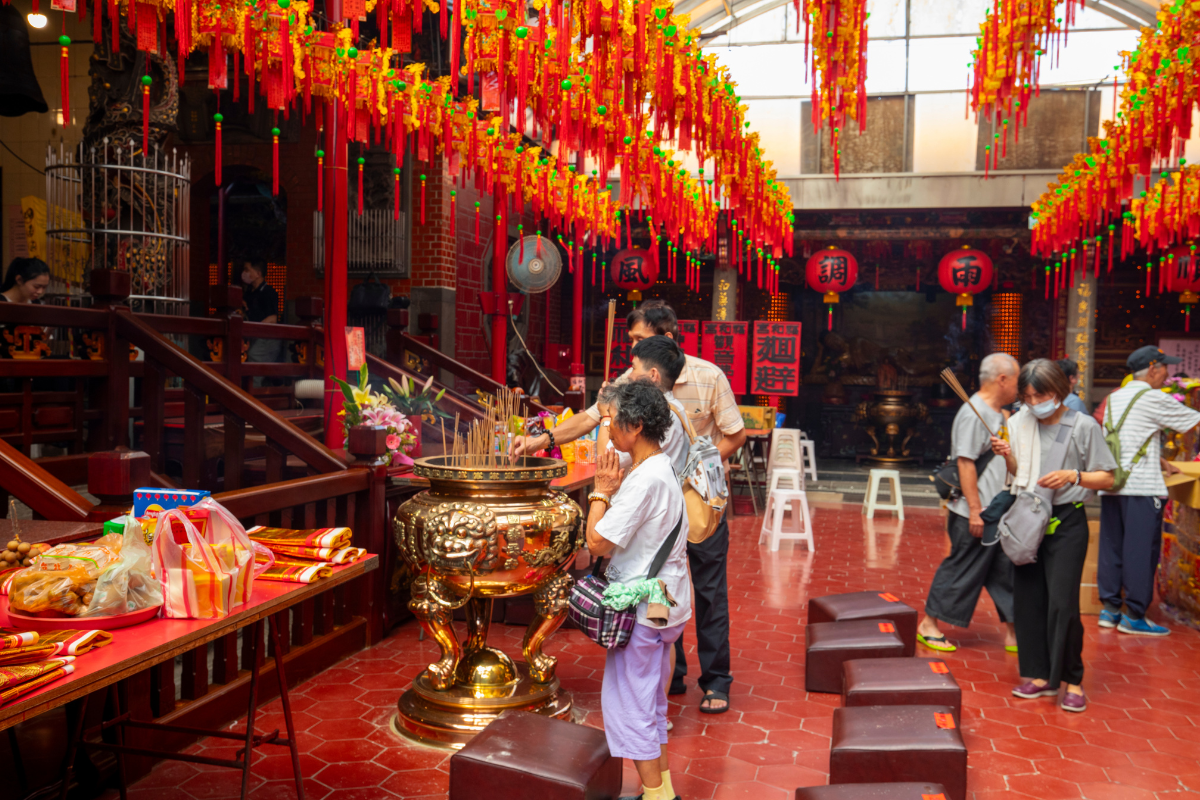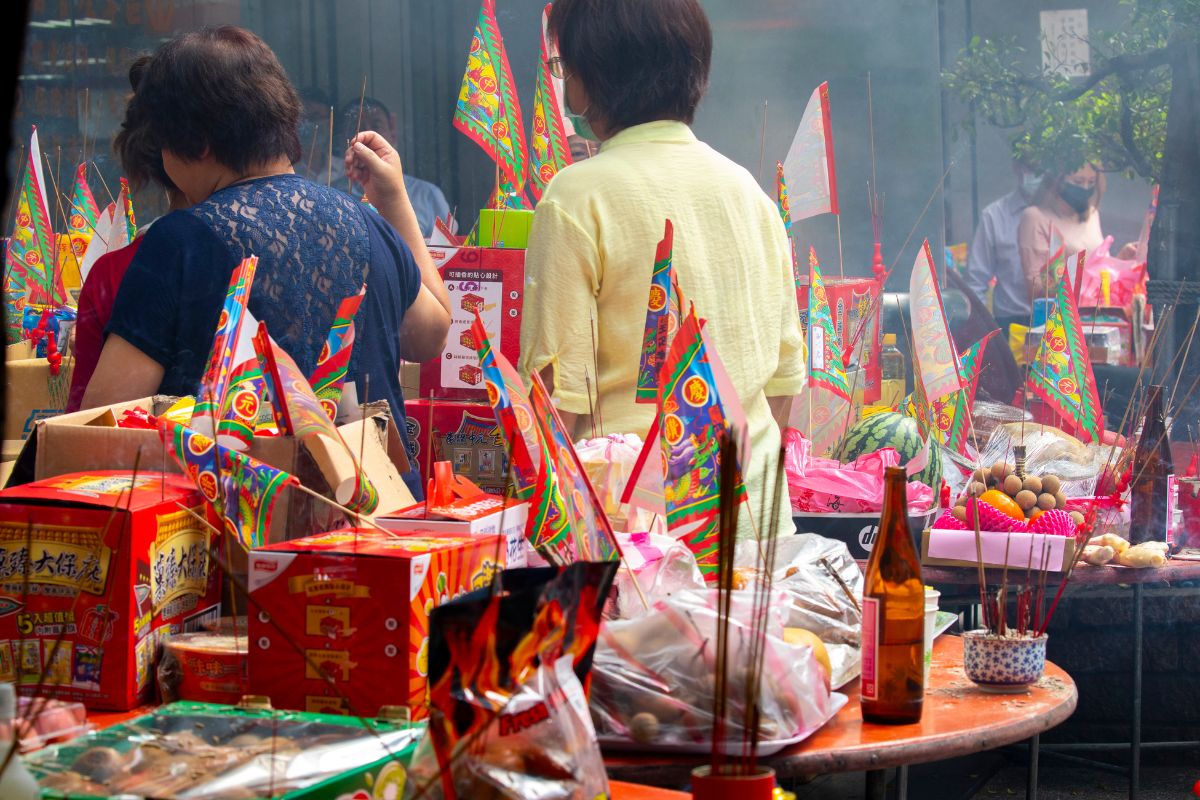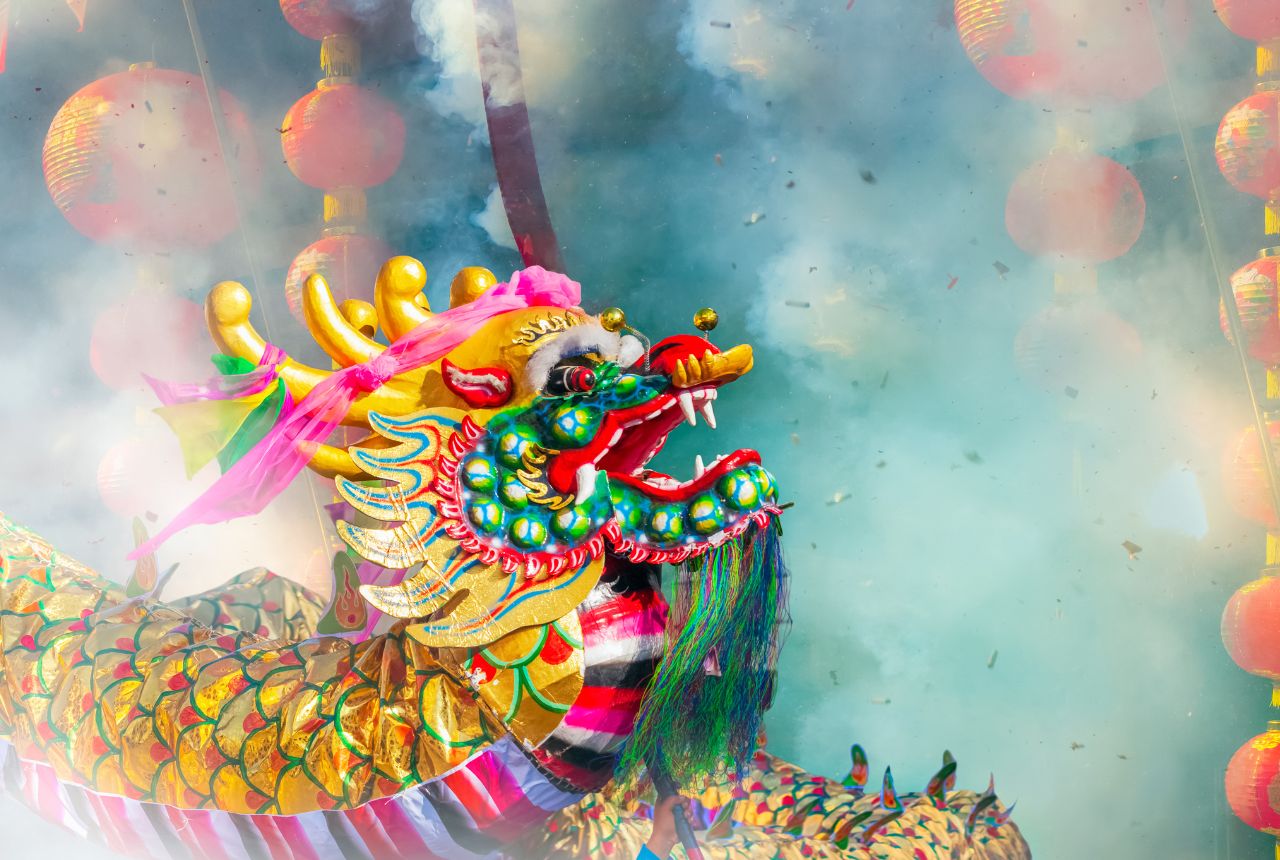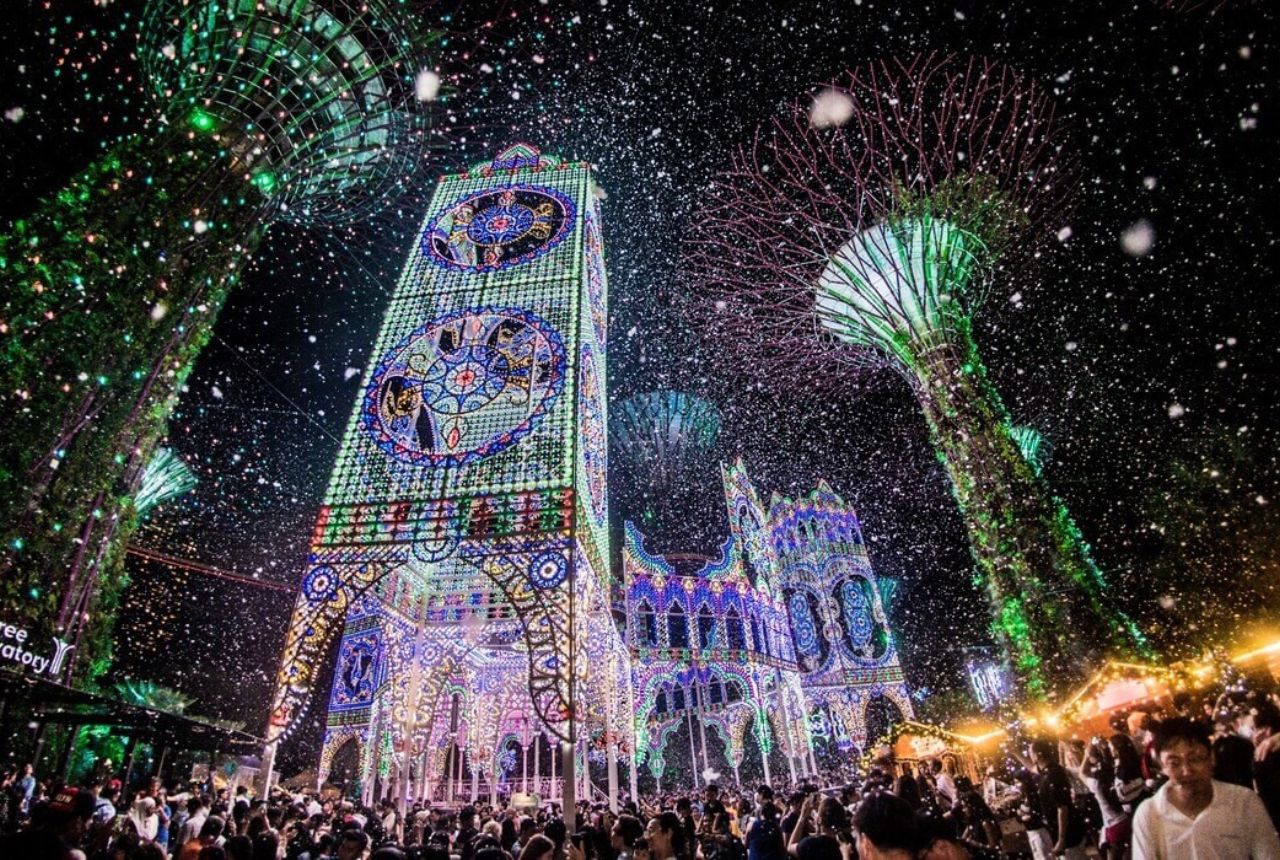The Guide To Hari Raya Aidilfitri in Singapore 2023
The Guide To Hari Raya Aidilfitri in Singapore 2023
Singaporeans and Muslims worldwide celebrate Eid al-Fitr, also known as Hari Raya Aidilfitri. Ramadan, a month-long fasting time for Muslims, ends on this day.
Muslim Singaporeans enthusiastically celebrate Hari Raya Aidilfitri, a public holiday. The three-day celebrations include visits to family and friends, gift-giving, and traditional food.
In Singapore’s mixed society, non-Muslims celebrate Hari Raya Aidilfitri and wish their Muslim friends and coworkers well. It emphasizes forgiveness, love, and harmony in daily living.
Explore More About Hari Raya Aidilfitri in Singapore
| What | When |
|---|---|
| Hari Raya Aidilfitri | Evening of Thursday, 20 April – Evening of Friday, 21 April |
What is Hari Raya Aidilfitri?
Singapore Muslims celebrate Hari Raya Aidilfitri to end Ramadan. Eid al-Fitr lasts three days. Singapore Muslims visit relatives, exchange presents, and eat traditional food during this occasion.
The new moon on Hari Raya Aidilfitri eve usually starts the celebrations. Muslims attend special morning prayers at mosques in their best clothing. They apologize, meet, and eat with family and friends.
Muslim Singaporeans enthusiastically celebrate Hari Raya Aidilfitri, a public holiday. Non-Muslims celebrate and wish their Muslim friends and coworkers well.
Hari Raya Aidilfitri symbolises unity, compassion, and forgiveness.
Is there a spiritual meaning behind Hari Raya Aidilfitri?
Hari Raya Aidilfitri is spiritual. Muslims fast, pray, give, and contemplate during Ramadan, which is celebrated on this holiday. Muslims pray, repent, and refresh their faith during the fasting month.
Muslims celebrate their personal and collective accomplishments on Hari Raya Aidilfitri, which ends this spiritual devotion. Forgiveness, reconciliation, and family and community bonding are encouraged.
Muslims celebrate Hari Raya Aidilfitri by breaking the fast, or “iftar,” and sharing blessings and appreciation for God’s bounty. It’s a time to reflect on the month’s spiritual journey and recommit to God.
Hari Raya Aidilfitri is a spiritual celebration that stresses compassion, forgiveness, and gratitude. It’s a chance to commemorate the month’s spiritual successes and recommit to Islam.
Why does Hari Raya Aidilfitri take place on a different date every year?
The lunar calendar determines the date of Hari Raya Aidilfitri, like other Islamic holidays. The Hijri calendar, based on lunar cycles, has 12 months of 29 or 30 days each. The Gregorian calendar, based on Earth’s orbit around the sun, is different.
Islamic lunar calendars are 11 days shorter than solar Gregorian calendars. Islamic holidays, like Hari Raya Aidilfitri, fall 11 days early on the Gregorian calendar. If Hari Raya Aidilfitri was on May 13th one year, it will be 11 days earlier the next.
The new moon, which begins Shawwal after Ramadan, determines Hari Raya Aidilfitri’s date. Religious leaders or astronomers usually spot this.
In conclusion, Hari Raya Aidilfitri follows the lunar calendar, which is 11 days shorter than the solar Gregorian calendar.
How long do the celebrations last?
Hari Raya Aidilfitri celebrations in Singapore span three days, but some families prolong them to a week. The first day of Hari Raya Aidilfitri is traditionally the most important, with special morning prayers at mosques, new outfits, and visiting family and friends to apologize and greet.
During the three days of celebrations, relatives and friends have joyful feasts and elders give children gifts and money. Music and laughter fill neighbourhoods as residents decorate their homes with lights and traditional decorations.
“Open House” day is the third day of Hari Raya Aidilfitri, when people welcome guests of any race or religion to enjoy traditional food and well wishes.
After Ramadan, Muslims celebrate and refresh in Shawwal. Muslims may continue to spend time with family and friends, give to charity, and give thanks.
Hari Raya Aidilfitri is celebrated with food, family, and community. The three-day ceremonies emphasize compassion, forgiveness, and cooperation throughout the year.
How do Muslims prepare for Hari Raya?
Muslims spiritually and physically prepare for Hari Raya Aidilfitri. Muslim holiday preparations include:
- Muslims fast from sunrise to sunset throughout Ramadan as a spiritual practice. Fasting teaches self-control, appreciation, and empathy for the needy.
- Zakat Fitrah: Muslims must donate before Hari Raya Aidilfitri. This donation helps the needy and ensures everyone can celebrate the holidays.
- Muslim households clean and decorate for Hari Raya Aidilfitri. Sweep and wash the floors, dust the furnishings, and hang lights and banners.
- Shopping for new clothes: To celebrate the end of Ramadan and their faith, Muslims buy new garments for Hari Raya Aidilfitri.
- Reconciliation and forgiveness: Before Hari Raya Aidilfitri, Muslims ask for and extend forgiveness to those who have harmed them. This purifies the heart and strengthens family and community.
- Food preparation: Muslims cook traditional foods for family and friends during Hari Raya Aidilfitri. Including ketupat, rendang, and lemang.
Muslims prepare spiritually and physically for Hari Raya Aidilfitri. Charity, forgiveness, renewal, and food, clothing, and decorating are included.
Who gives out green packets during Hari Raya?
During Hari Raya Aidilfitri, “ang pow” or “duit raya” green packets are presented as gifts. Children, family, and friends receive these money-filled envelopes.
During Hari Raya Aidilfitri, Singaporeans offer children green packets to spread joy and blessings. The giver’s financial situation and relationship with the recipient determine the amount.
Adults in some households share green packets to show thanks and enhance relationships. Thank you for coming throughout the holidays.
Giving green packets on Hari Raya Aidilfitri promotes communal spirit, charity, and blessings.
How much should you set aside for green packets?
How much should you set aside for green packets?
For Hari Raya Aidilfitri, Muslims wear color-coordinated garments to exhibit joy and celebrate. Prophet Muhammad encouraged his people to wear their nicest garments for Eid al-Fitr, the Islamic celebration that ends Ramadan, which led to the tradition of wearing new clothes during Hari Raya Aidilfitri.
As a gesture to demonstrate thankfulness for Allah’s gifts, many Muslims wear brightly coloured attire for Hari Raya Aidilfitri. As a sign of solidarity, family members often wear the same colours.
Color-coordinated garments celebrate Muslim cultures’ diversity and brightness. The Muslim world’s rich cultural past is reflected in Hari Raya Aidilfitri’s varied forms and colours.
Color-coordinated outfits for Hari Raya Aidilfitri show excitement, unity, and cultural pride.
What happens on the day of Hari Raya Aidilfitri?
Singaporean Muslims rise up early on Hari Raya Aidilfitri to pray and attend the Eid al-Fitr congregational prayer at their local mosque. Men and women attend the Imam-led prayer.
After the prayer, families will eat and exchange greetings. During celebrations, ketupat, rendang, and lontong are served.
Muslims also visit family and friends and visit cemeteries to pay respects. Forgiveness, introspection, and thankfulness for Allah’s favours are encouraged.
Singaporeans exchange gifts and give children green packets with money to show gratitude and improve relationships.
Cultural events, music, and decorations celebrate Hari Raya Aidilfitri throughout the day. Muslims celebrate the end of Ramadan and build community solidarity.
Can non-Muslims take part in the festivities?
Non-Muslims can celebrate Hari Raya Aidilfitri and learn about its culture and traditions.
To promote interfaith understanding and community spirit, Singaporeans invite non-Muslim friends, neighbours, and colleagues to Hari Raya Aidilfitri celebrations. All religions celebrate Singapore's cultural diversity and complexity.
Non-Muslims can try ketupat, rendang, and lontong and participate in the day's festivities and cultural events
Hari Raya Aidilfitri is a religious celebration that promotes social bonds and cultural understanding. Non-Muslims can celebrate and learn about the holiday's culture and traditions.
Discover also: Thaipusam in Singapore: What You Need to Know
What are the standard Hari Raya greetings?
“Selamat Hari Raya”—”Happy Eid” in Malay—is the greeting for Hari Raya Aidilfitri. Muslim Singaporeans and Malaysians use it to send holiday greetings.
Other common Hari Raya greetings:
- "Maaf zahir dan batin" which means "Forgive me (for any wrongdoing) in body and soul". This is a phrase used to seek forgiveness from friends and family for any past mistakes or wrongdoings.
- "Eid Mubarak" which means "Blessed Eid". This is a more general Islamic greeting that is used during other Islamic festivals as well.
- "Taqabbalallahu minna wa minkum" which means "May Allah accept (good deeds) from us and from you". This is a phrase used to express mutual appreciation and recognition of each other's efforts in upholding religious practices and values.
These greetings are usually accompanied by handshakes, hugs, or the exchange of green packets containing money, as a way of showing respect, appreciation, and gratitude during the festive season.

